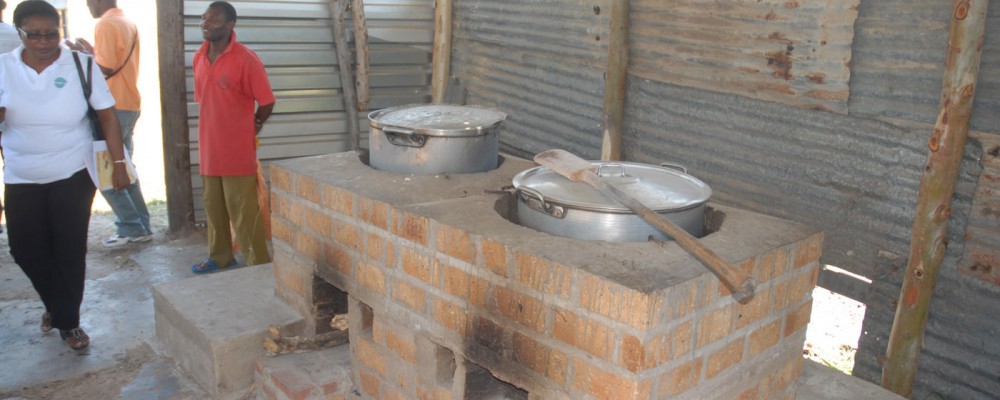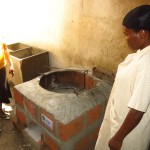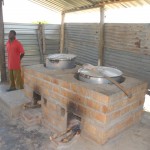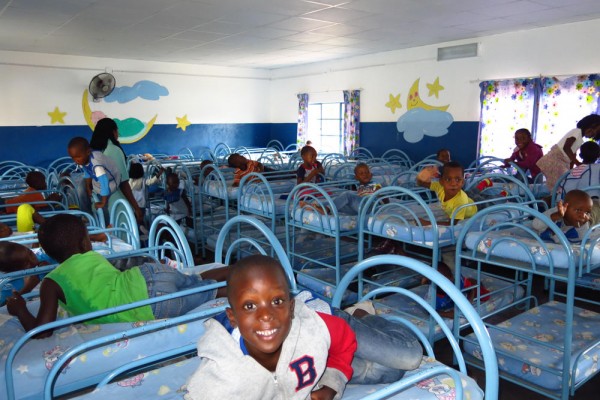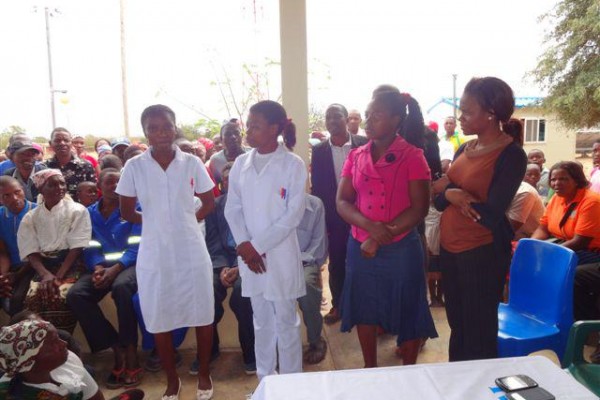Setting up new industrial stoves, Mozambique
In a country where there is still widespread poverty, such as in Mozambique, the greatest impact on the family and community budget is the expense of procuring fuel resources (wood and coal firstly) needed to fuel the equipment, generally inefficient and wasteful, used daily for the preparation of food.
The quantity of fuel required for their operation is in fact high because of poor structural characteristics of the said equipment. On the one hand this affects the financial resources of individual households and, on the other, it contributes to the increased deforestation taking place in the country.
Similarly the public and private facilities for the needy (children, the sick, prisoners) have to deal with difficulties in financial management. For some, therefore, the purchase of fuel is unsustainable in the long run, for others it is impossible to adequately equip themselves. All this translates into a lower food availability for the user community.
In this context Africaon once again reactivated, thanks to the support of a leading Italian company and through local partner Kulima, the project for the construction of new industrial stoves (eighteen in all) to:
– reduce costs for the purchase of fuel;
– contribute to the reduction of deforestation;
– improve the quality of the food cooked.
The kitchens are made of readily available materials normally used in local crafts (ceramics). Its installation is done on site, that is at the beneficiary centers and involves the use of brick, concrete and stone, for the construction of the internal structure and coating.
The kitchen is made with one or two mouths (fires), as required, with variable diameter corresponding to the size of the tools used by the beneficiary structures (pots for 10, 20 kg, etc. ..). An iron grid is placed inside the mouth in order to withstand high temperatures and support these utensils. Wood is the only fuel required. At the base of the kitchens, there are two mouth, one for the insertion of the firewood and another, at an opposite lower level, for the collection of the ashes, designed so as to ensure better hygiene and safety during the preparation of the dishes. The new installments have concerned kindergartens, schools, shelters for street children etc.
In the pictures on the next page you can see some of the kitchens that were made.

